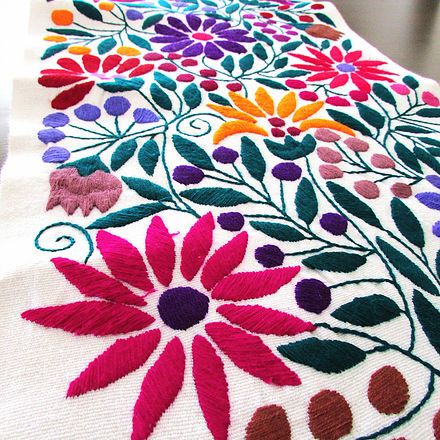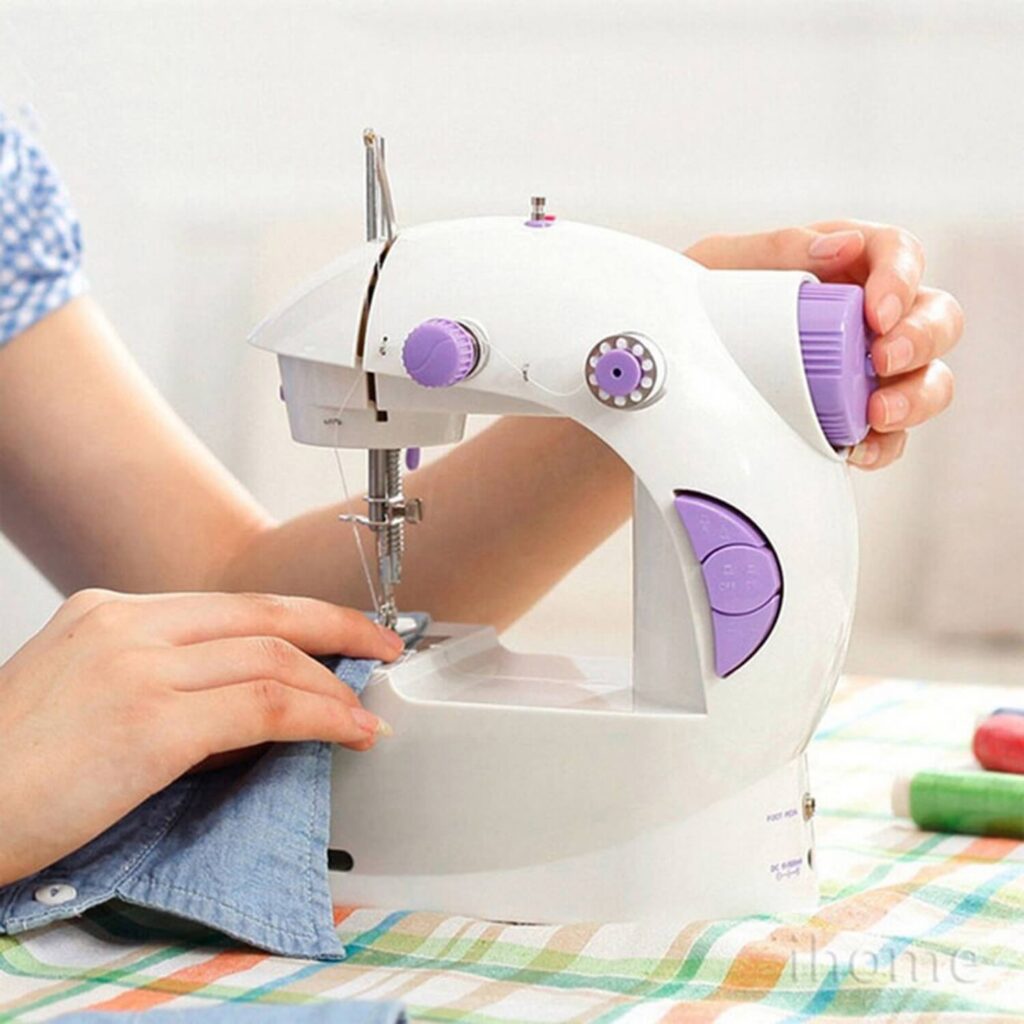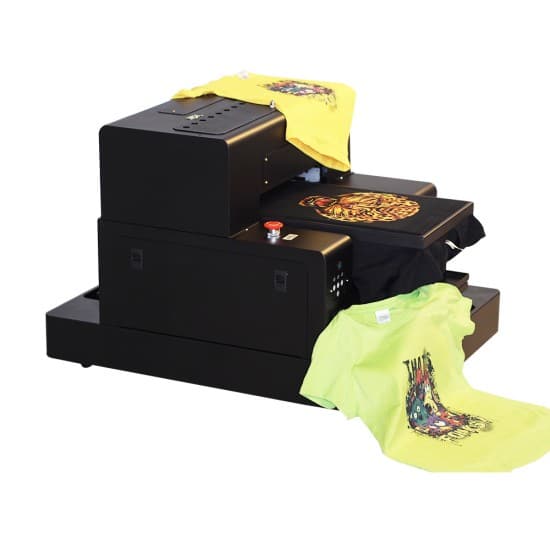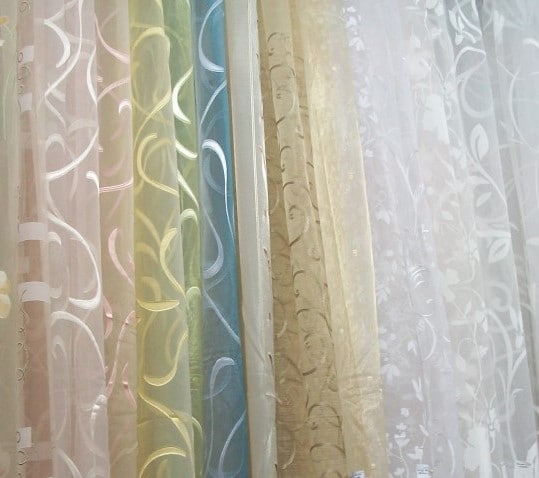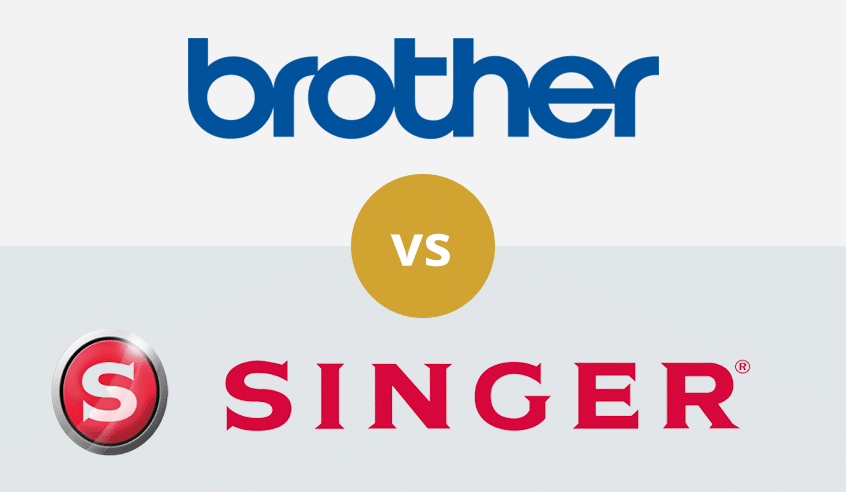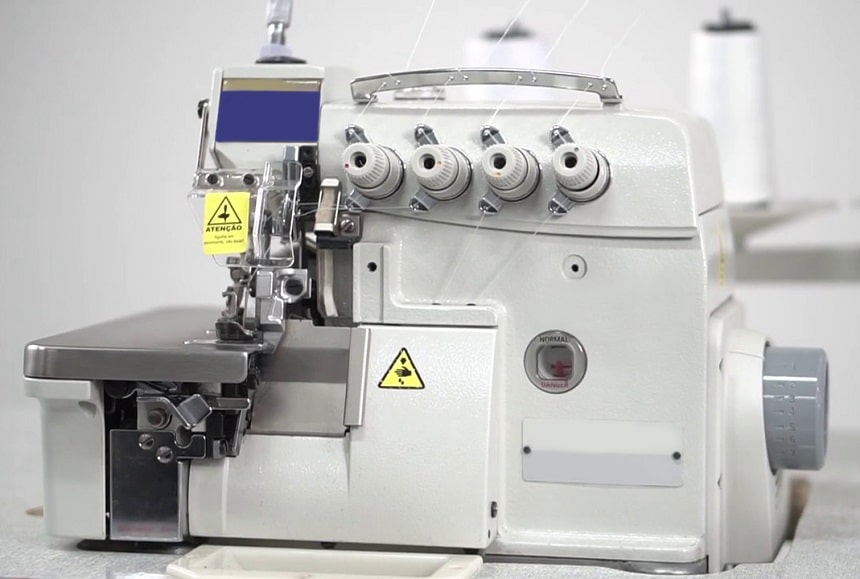

Sewing patches into place has long been a popular method because it is a discrete, secure, and removable way of attaching patches to various types of fabric. However, there are multiple ways of attaching patches without sewing, so if you want to display the logo of your favorite band on your jacket, you can do so by ironing, gluing or sticking the patch onto the fabric.
So how to attach patches without sewing? The good news is that you don’t need to know how to use a sewing machine in order to be able to apply a patch on your jacket or any other clothing items. In this article, you’ll learn how to attach patches without sewing by using various supplies that are readily available and easy to use. Now let’s have a look at the types of patches you can attach to clothing without sewing and the best techniques to do so.
There are multiple types of patches available out there, and choosing the right one can be a bit overwhelming, especially if you don’t have too much experience with them. Some of the most common types of patches include:
One of the easiest ways to attach patches on various types of fabrics is to sew them on with the help of a monogramming sewing machine. If you don’t want to sew your patches on your clothes, bags, or any other type of fabric, you can choose from various methods of attaching them without sewing. Here are some of the most common of them:
Velcro is a hook and loop fastener system that is very popular not only for military badges but for all kinds of patches as well. Even though attaching Velcro patches to fabrics isn’t exactly a “no sew” solution because you still need to sew the backing of the patch to the surface you want to place the patch on, once this backing is installed, you can attach and remove the badge as often as you like without having to sew anything again. Velcro patches such as Child Mandalorian Alien Inspired Embroidered Patch come with a dry adhesive that also makes them suitable for ironing.
Iron-on patches like the The Carefree Bee – Large Assorted Set can be attached on various fabrics by applying heat on. This is one of the easiest ways to attach patches without sewing them. Patches that can be ironed on clothing or other fabrics have a sticky back that becomes activated when you apply heat on it. Some models come with a plasticky back, whereas others have a baking sheet that needs to be removed first.
To attach an iron-on patch, keep it in place where you wanted to be, and set the iron temperature to that of cotton. Next, spray a bit of water on the back of the patch and keep a piece of cotton cloth on top of the patch to avoid the heat damaging the patch. Press evenly with a hot iron for about 20 to 30 seconds. Iron on batches shouldn’t be used on materials such as nylon, leather, elastic fabrics, and waterproof rainwear because the material may be ruined by the heat.
You can also use a heat press to attach patches to various fabrics instead of ironing them. If you’re attaching a larger number of patches on a regular basis, a heat press might be worth the investment because it saves so much time. Don’t worry if you don’t have a lot of room, because it’s easy to find quality small heat press machines.
Many patches can be attached to various fabrics with glue, but it’s important to make sure you use the right type of glue to avoid destroying the fabric or the patch.
Fabric glue is the best type to use because it’s simple to use and it also saves time. There are many different types of fabric glue was available out there for different sewing tasks, and some of them come in various colours so it’s important to read the label carefully and determine whether the blue you are buying is suitable for patches.
Gluing batches is actually much simpler than sewing or ironing and will save you a lot of time. The process is a simple one, as all you have to do is spread the glue on the patch, applied to the fabric, and let it dry.
You can also use fabric glue on iron-on patches as well and adding a layer of glue may actually make them more secure and easier to apply with the iron.
To use fabric glue on your patches, start by laying the fabric nice and flat, and then apply a layer of glue on the fabric, in the area where you want to place the patch. Next, apply a layer of glue on the back of the patch as well. Press the patch fabric together, making sure that they adhere to each other. Allow it to dry and don’t wash the fabric for a couple of days after gluing a patch on it.
One of the best fabric glues that’s great for attaching patches is Aleene’s Permanent Fabric Glue
Beacon Fabri-Tac Permanent Adhesive, which is a permanent glue that works on most fabrics. It’s also machine washable and you can use it for adhering glitter to various types of fabrics, too.
Sticking patches on various types of fabric without using glue is possible with the help of Badge Magic Cut to Fit and other similar products. These adhesives don’t require any kind of sewing and bond well on jeans, school uniforms, suits, dresses, and more. They are also washable at 40 degrees, but you should not tumble dry them.
If your kids have joined the scouts Trusted Source Scouting - Wikipedia The Scout movement, also known as Scouting or the Scouts, is a voluntary non-political educational movement for young people. Although it requires an oath of allegiance to a nation’s leaders and, in some countries, to a god, it otherwise allows membership without distinction of gender, race or origin in accordance with the principles of its founder, Lord Baden-Powell. The purpose of the Scout Movement is to contribute to the development of young people in achieving their full physical, intellectual, emotional, social and spiritual potentials as individuals, as responsible citizens and as members of their local, national and international communities. en.wikipedia.org , you’re probably wondering how you are going to attach scout patches to their uniforms. Many parents spend hours sewing the patches on their kids’ uniforms, but the good news is that there are lots of alternatives that keep the patches in place just as well as sewing them on.
Using glue is the best alternative to sewing scout patches on your kids’ uniforms. By using a high-quality glue, you can be sure the patch stays in place even after multiple washes. You can also iron-on the scout patches, but you should first make sure the fabric of the uniform is suitable for using an iron on. A good rule of thumb when choosing patches to iron on is to go for patches that are as heavy as the fabric you intend to iron them on.
No matter what type of patching project you’re working on, it’s important to figure out what method works best for the fabrics you use. If you’re wondering how to attach patches without sewing, there are multiple ways to choose from, ranging from ironing to gluing, so you can easily choose the one that works best for you.
Iron-on patches are very easy to apply, as they come with a heat sensitive adhesive already applied. All you have to do to apply them on your fabric is use an iron or a heat press machine. When it comes to gluing, the process is super simple, but you have to make sure you don’t use too much to avoid leaving marks on the fabric. Now that you know how to attach patches without sewing, it’s time to get started on your patching project!
